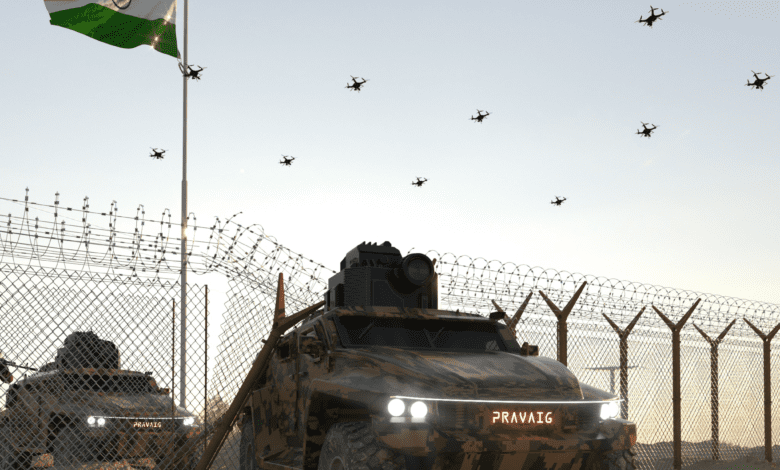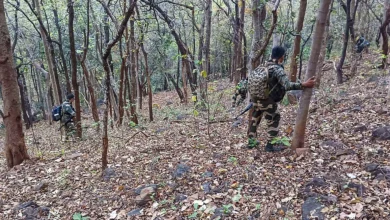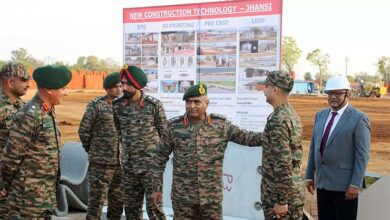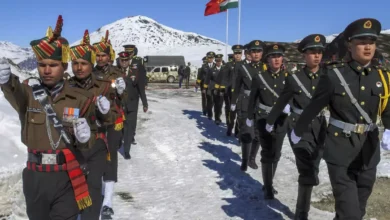In green push, Indian army to induct electric vehicles in its fleet: Prepares road map for procurement
25% light vehicles, 38% buses & 48% motorcycles will now be EVs, aimed at reducing the carbon footprint.

The Indian Army has put into action an ambitious plan to induct EVs (Electric Vehicles) in its fleet, considering the operational commitments that will result in a significant reduction of carbon emissions and dependency on fossil fuels.
“Keeping in view the necessity and employability of EVs over various terrains, the Army will equip a few units located in peace stations with EVs sequentially. Around 25% light vehicles, 38% buses and 48% motorcycles of the select units and formations will be changed to EVs with adequate charging infrastructure,” a source said.
“Various factors unique to Indian Army’s employability, remote locations of employment and operational commitments were considered to arrive at a definite time-bound road map.”
In order to support a viable EV ecosystem in the Army units, necessary support infrastructure, including charging points for EVs, will be put in place.
“These EV charging stations will have at least one fast charger and two to three slow chargers. Electric circuit cables, transformers with adequate load bearing capability based on anticipated number of EVs per station will be put into place,” the official said.
The Army is also planning setting up of solar panel-driven charging stations, which are also planned in a phased manner.
The EV push has already been started in New Delhi and is expected to be extended to Lucknow, Pune and Kolkata, according to the officer.
“This is a good example of the whole of society approach needed to address climate change. Electric vehicle fleets powered by renewable energy can moderate the growth of transport sector emissions,” said Ulka Kelkar, director, climate program, World Resources Institute (WRI) India.
The trucks increasingly feature radars, radios, weapons and other power-hungry mission modules. The Army wants the ability to operate quietly and to lessen its heat signature, pointing toward battery power rather than a running motor. And the less troops rely on refueling, the more agile they are during operations.



